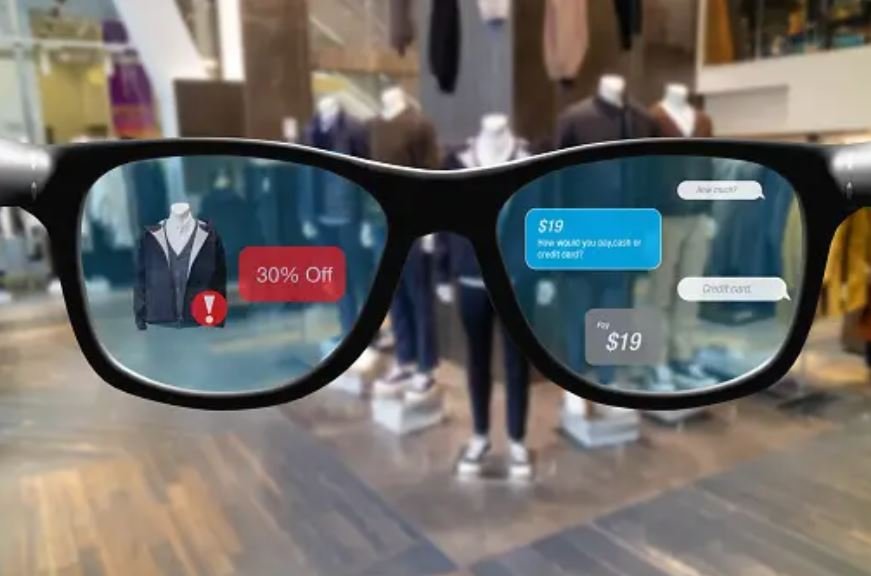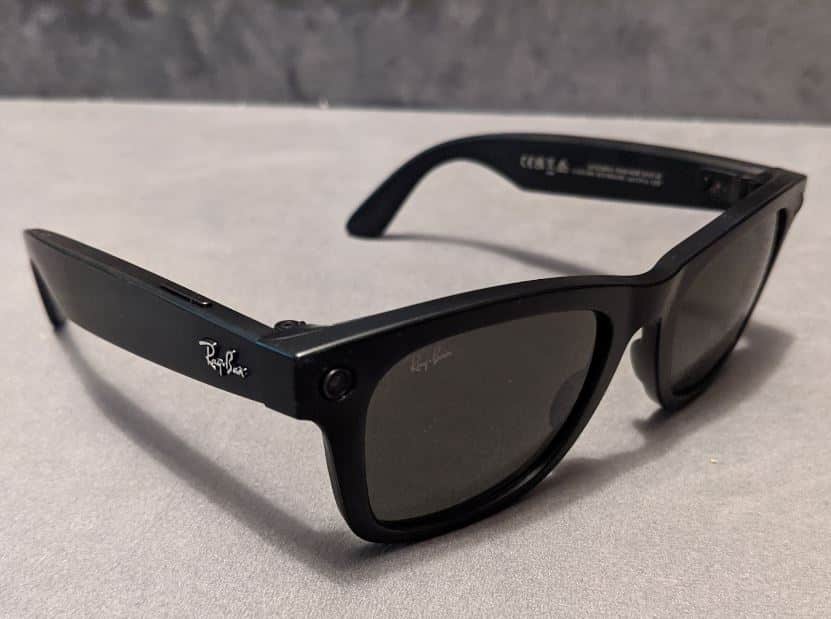Lifestyle
The Rise and Fall of Bluetooth and Smart Glasses

Smart glasses are eye or head-worn computers. Some include displays that add information alongside what the wearer sees in real-time using an optical head-mounted display (OHMD), a transparent heads-up display (HUD) or an augmented reality (AR) overlay; some communicate with the internet via a user’s voice commands; and others have touch buttons.
In January 2020, the co-founder of Facebook, Mark Zuckerberg, anticipated the breakthrough of AR glasses. In a post on his Facebook, he wrote: “The technology platform of the 2010s was the mobile phone. The platform of the 2000s before that was about the web and the 1990s was the desktop computer. Each computing platform becomes more ubiquitously accessible and natural for us to interact with. While I expect phones to still be our primary devices through most of this decade, at some point in the 2020s, we will get breakthrough augmented reality glasses that will redefine our relationship with technology.”
The Internet of Things (IoT) describes physical objects – such as smart TVs, speakers, home security systems and smartwatches – which use technology to collect and exchange data over the Internet by transferring the data to similar hardware within a network.
While the IoT focuses on connectivity, Artificial Intelligence (AI) imitates the intelligence of a human to enable advanced features like scanning images, understanding and translating spoken and written language, and making recommendations based on data.
AI is one of today’s most prevalent forms of technology, and when paired with an IoT device (smart glasses, in this case), it can make life easier for the user.
Currently, 16 technology and eyewear companies produce a version of Smart Glasses, including Amazon, Rokid, Ray-Ban and Snapchat. So, let’s see the selection below.
Ray-Ban
Ray-Ban and Facebook Reality Labs collaborated in 2021 to launch smart eyeglasses and smart sunglasses Ray-Ban Stories, which are available in 20 frames and colour combinations.
The American-Italian luxury eyewear brand combined their classic Wayfarer, Round and Meteor frames with digital features and Meta technology. However, unlike previous smart glasses by other companies, Ray-Ban Stories have no head-up display (HUD) or augmented reality (AR) display.
Instead, the smart glasses have integrated cameras, speakers and microphones, which are connected to your smartphone via Bluetooth. It features a Dual 5MP camera and discrete open-ear speakers, allowing you to record videos, take photos, answer calls hands-free, listen to music and share content directly to social media.

Amazon
Amazon announced the launch of Echo Frames in September 2019. The smart glasses do not feature a camera or display but focus on providing wearers with access to its feature through the command of voice. Using the cloud-based voice service Alexa, users can make hands-free calls, listen to podcasts, set reminders, get the news or control other smart devices.
Instead of headphones, open-ear technology uses four micro speakers to direct sounds into your ears whilst minimizing what those around you can hear. The Auto Volume feature automatically adjusts the volume based on the noise level of your surroundings.
Amazon has designed the frames to look like regular glasses; polarized sunglasses lenses are also available. Users can take their Echo Frames to an eyewear professional to add a prescription to the lenses or adjust the fit.
Snapchat
Snapchat entered the smart glasses market with the launch of Spectacles, a wearable camera, and is now on the third generation of the product.
Spectacles capture video in a circular 115-degree format, as the company claims this is closely approximate to the field of view of the human eye. The glasses are exclusive to Snapchat and are paired by the user’s account Snapcode or Bluetooth.
The videos taken on the glasses sync to your phone and can be viewed, edited and uploaded in the ‘Memories’ section of Snapchat.
Spectacles 3 have two HD cameras and four built-in microphones. They also have tinted lenses to provide 100% UVA and UVB protection.

Image Source: Flickr
Development
Eight new smart glasses are currently in development, including the Apple Vision Pro by Apple, which will be available in early 2024.
Apple Vision Pro is an upcoming mixed reality headset where digital media meets the real world, such as motion gestures, eye tracking and voice input.
Apple advertises the Vision Pro, which is Apple’s first entrance into a new major product category since the release of the Apple Watch in 2015, as a “spatial computer”.
Discontinued
Whilst the popularity and technology surrounding smart glasses have risen, not all companies have registered significant success, with 11 being discontinued in the past decade, including Google Glass, Bose Frames and Toshiba DynaEdge AR100 Viewer.
Google Glass was a brand of smart glasses where wearers communicated with the internet via voice commands. It had an integral 5-megapixel still/720p video camera. However, it was succeeded by two Enterprise Editions in 2015.
Google Glass Enterprise Edition 2 assisted workers in various industries with hands-free access to information and tools, but as of March 15, 2023, Google also suspended the sale of the Glass Enterprise Edition.
-

 Celebrity4 weeks ago
Celebrity4 weeks agoIs YNW Melly Out Of Jail? What Is The YNW Melly Release Date, Career, Early Life, And More
-

 Sports4 weeks ago
Sports4 weeks agoMore Than Just a Game: How College Sports Can Shape Your Future
-

 Tech3 weeks ago
Tech3 weeks agoAI Software: Transforming the Future of Technology
-

 Tech3 weeks ago
Tech3 weeks agoAll About Com. Dti. Folder Launcher: Features, Benefits, Tips, And More













